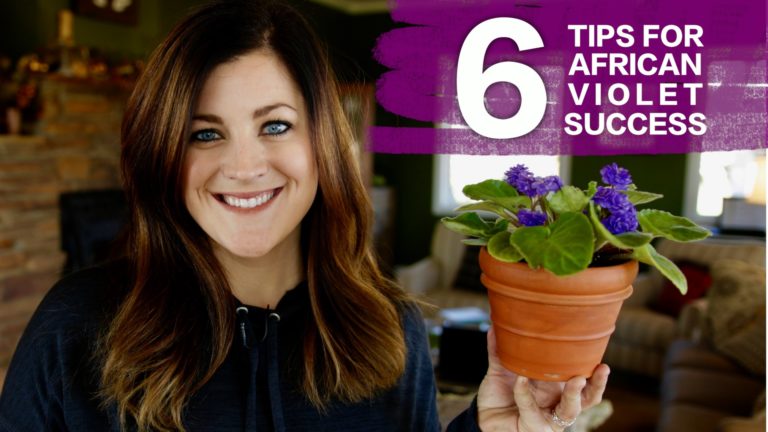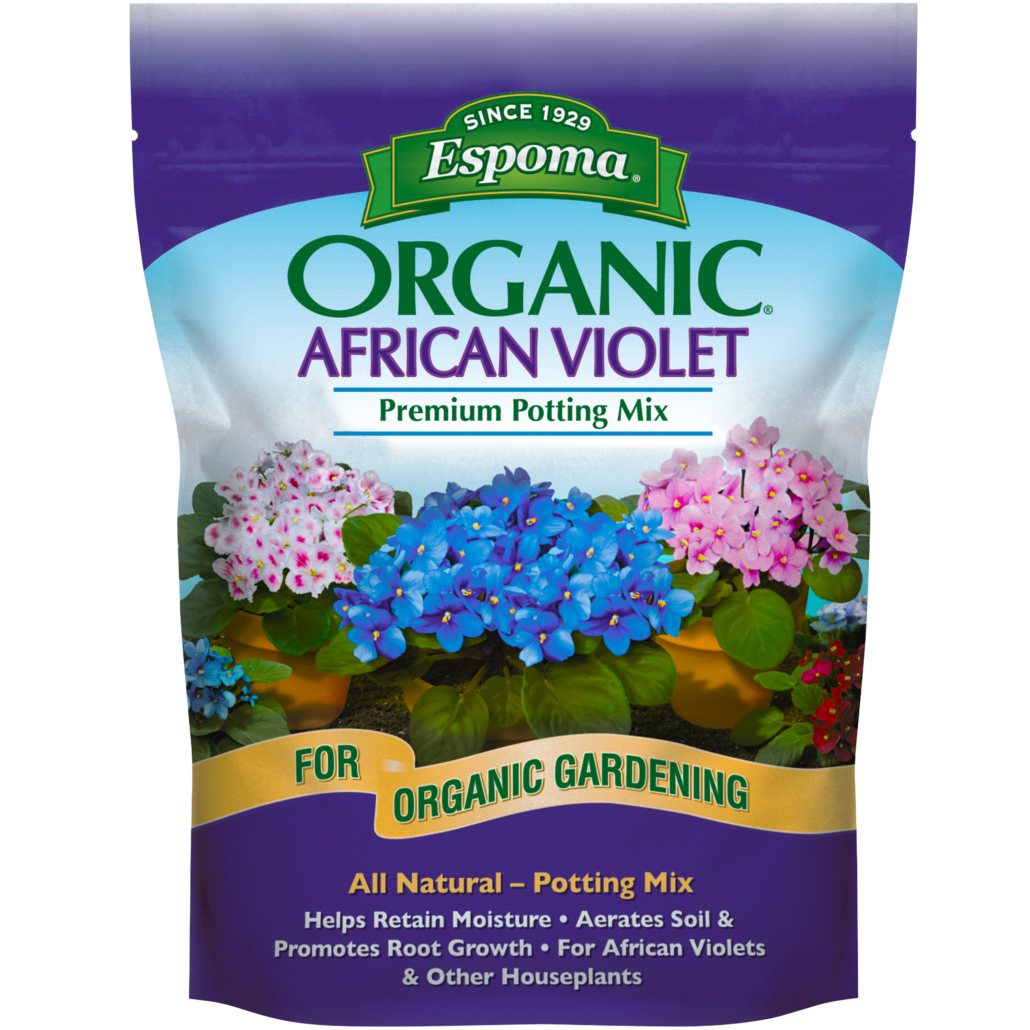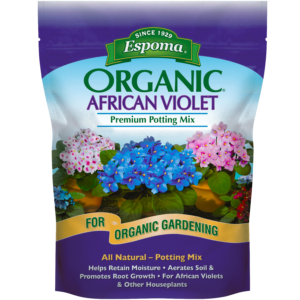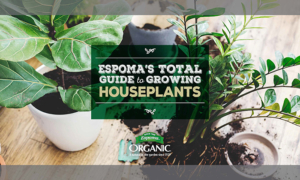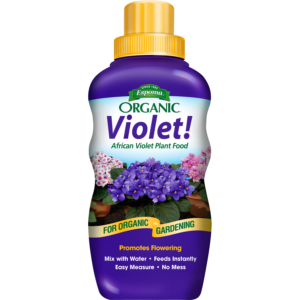African Violet Mix
All natural premium soil mix for African Violets
Espoma Organic African Violet Mix is the ultimate potting soil for all African Violets and indoor flowering houseplants! It contains a rich blend of the finest natural ingredients that improve moisture retention and aeration so that your flowering houseplants thrive.
- For Violets & Flowering Houseplants
- Grow Bigger, More Beautiful Plants
- Provides Optimum Aeration & Drainage
- 100% Natural & Organic Approved
- Safe for People, Pets, and Planet
Total Guide to Growing Houseplants.Everything you need to know to grow happy, healthy, perfect houseplants.
Click here to view our Houseplant e-Book
For use on:
African Violets and other houseplants
When to use:
In general, African violet should be re-potted annually.
How much to use:
- Select a container that is larger than your plants current pot, and has a drainage hole at the bottom with the tray beneath it to catch excess water.
- To prevent soil from escaping, add a layer of small stones to the bottom of the container.
- Fill container 1/3 full with Espoma Organic African Violet Mix.
- Carefully remove the plant from its current container and gently loosen the root ball.
- Center the plant in the new container and fill it with additional potting mix.
- Allow at least 1 inch between the rim of the pot in the top of the soil.
- Gently pat down the next and add more if required. Make sure the plant is about the same depth in the soil as it was in the original container.
- Water plant thoroughly and allow to drain. Do not allow water to touch leaves as this may cause water spots.
Growing Tips:
Re-potting: In general, African violet should be re-potted annually.
Watering: Over watering is one of the most common problems in going African violets. Water from the bottom to avoid wedding the leaves which causes water spots. Pour water into sauce or below the pot and allow it to absorb into the soil (soil should be moist but not soggy). Do not allow the pot to remain in a saucer full of water for an extended time. Allow soil to become dry to the touch between waterings.
Light: Place African Violets in indirect sunlight or under artificial lights.
Feeding: Feed with Espoma Organic Violet!, a natural liquid plant food beginning two weeks after planting during the growing season according to label directions.
How to apply:
Available in 4 qt. bags
Ingredients:
This product contains 60-70% processed forest products, sphagnum peat moss, perlite, humus, limestone to adjust pH, and yucca extract.
Related Blog Posts
BAGR 113 Blog: How to Green Up Your Living Space
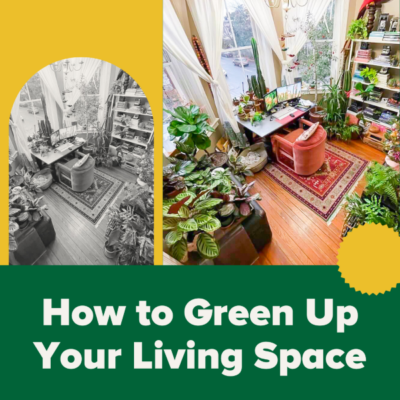
BAGR Blog 159: Houseplants that Bloom
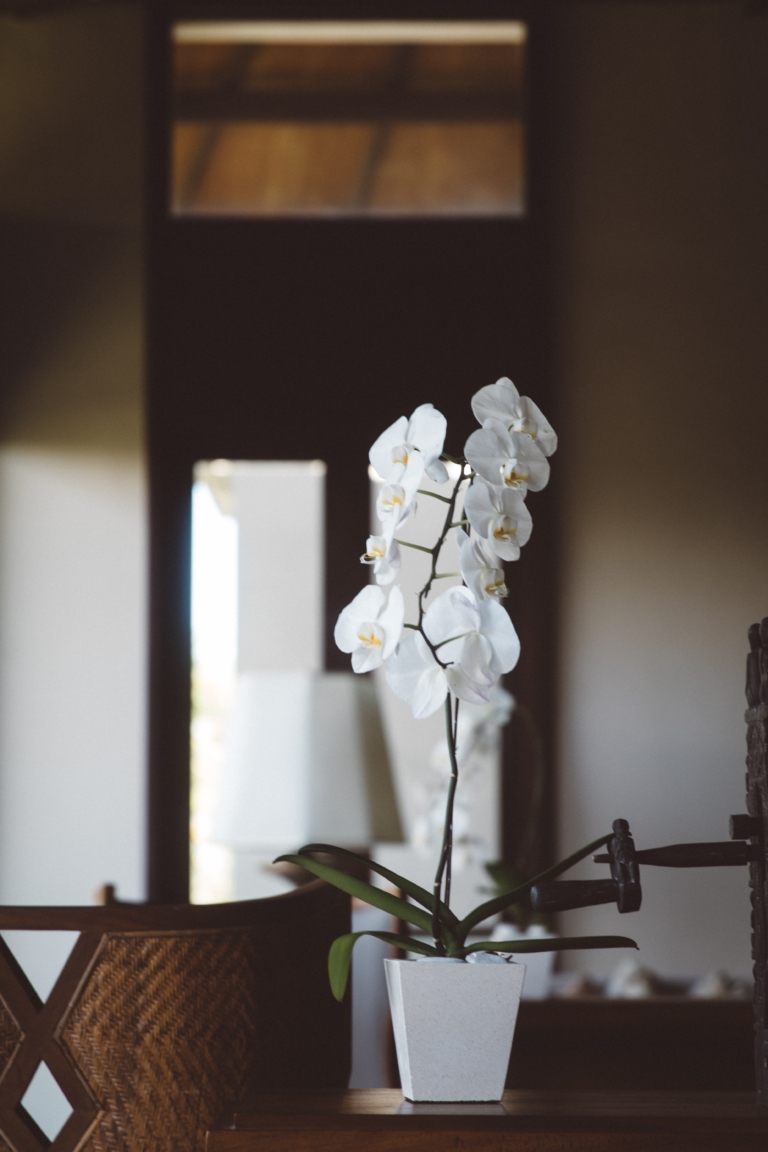
Video: Houseplant Upkeep with Garden Answer
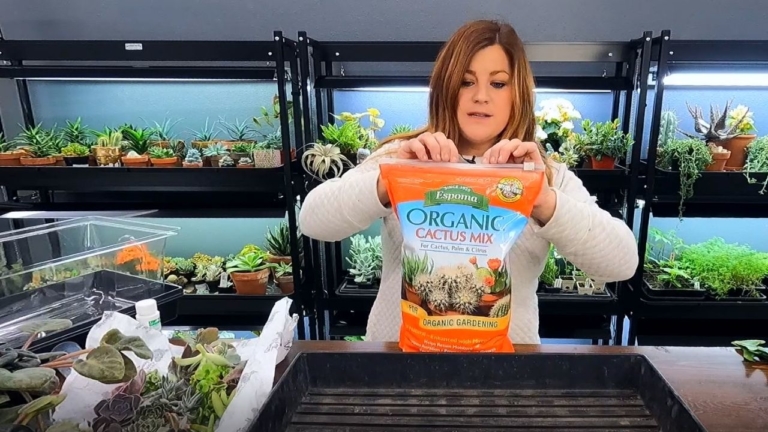
The best indoor plants for small spaces
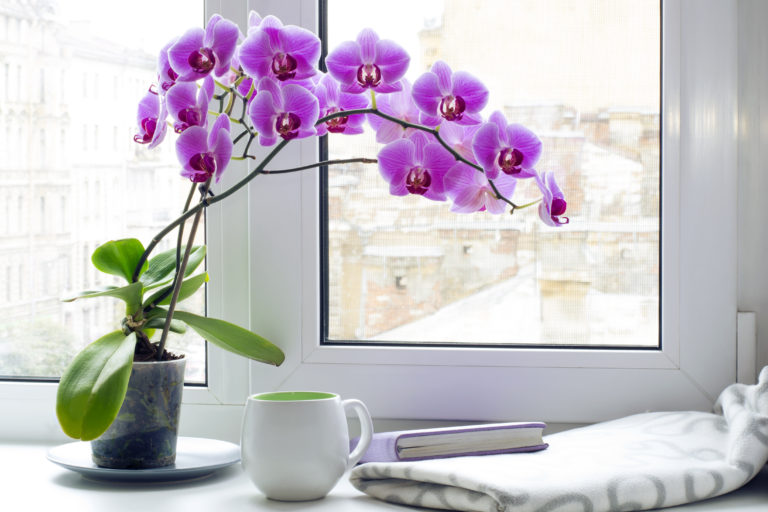
African Violet FAQs
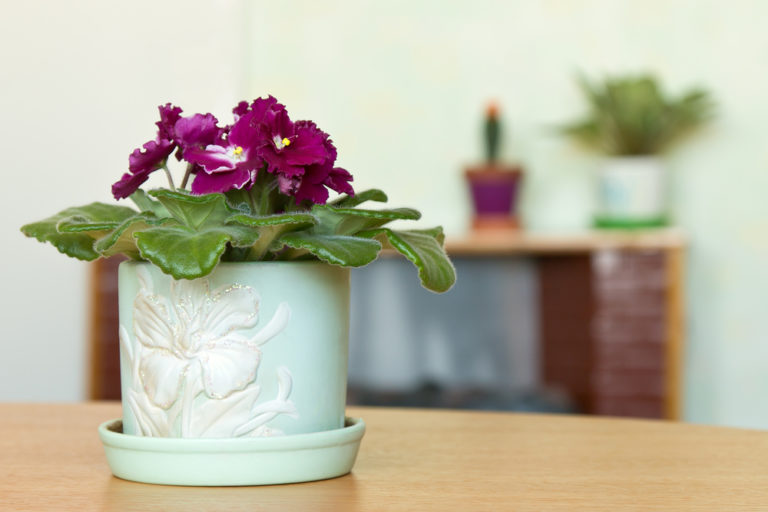
Keeping Things Simple- Propagating African Violets
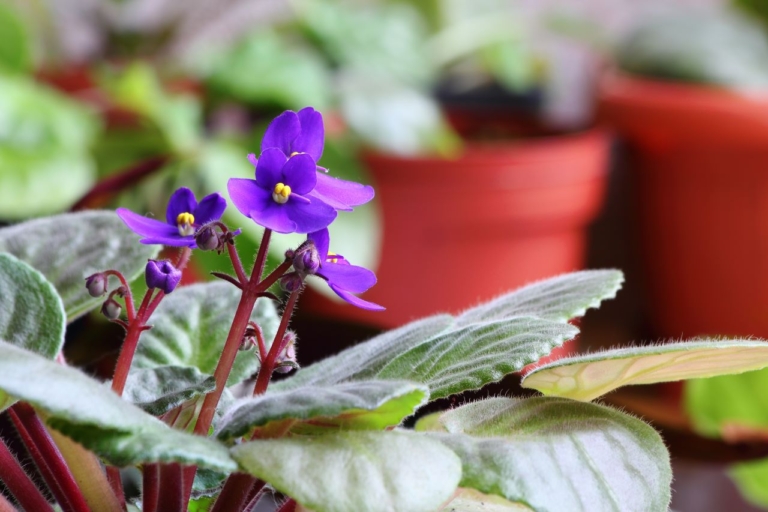
Boost African Violets by Repotting
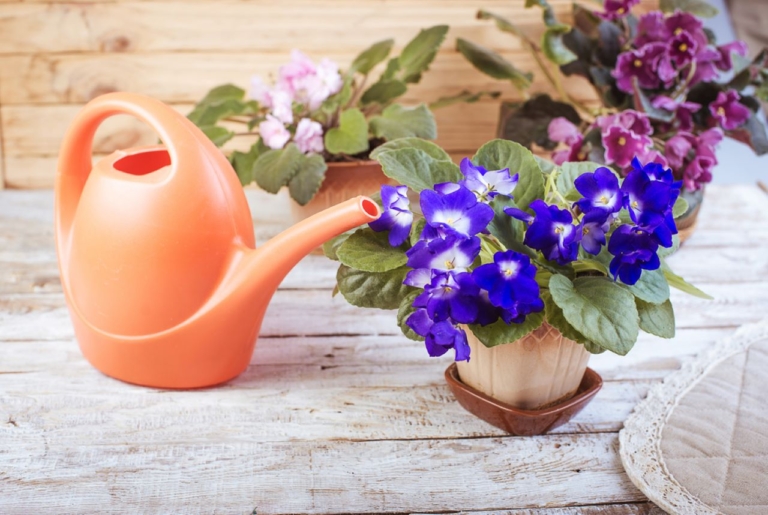
Why Do African Violets Get Leggy?
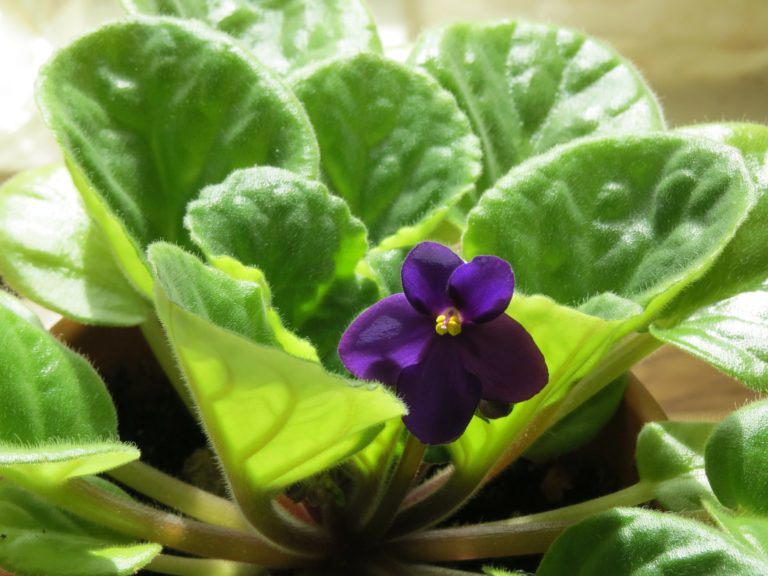
Video: How to Replant African Violets with Garden Answer!
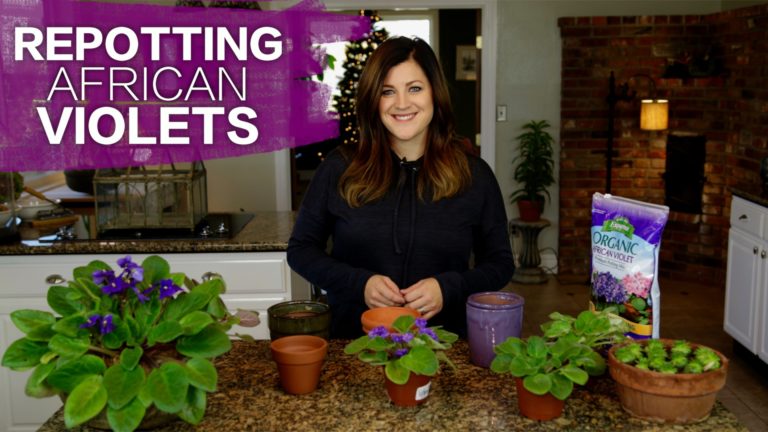
6 Tips For Caring for African Violets
